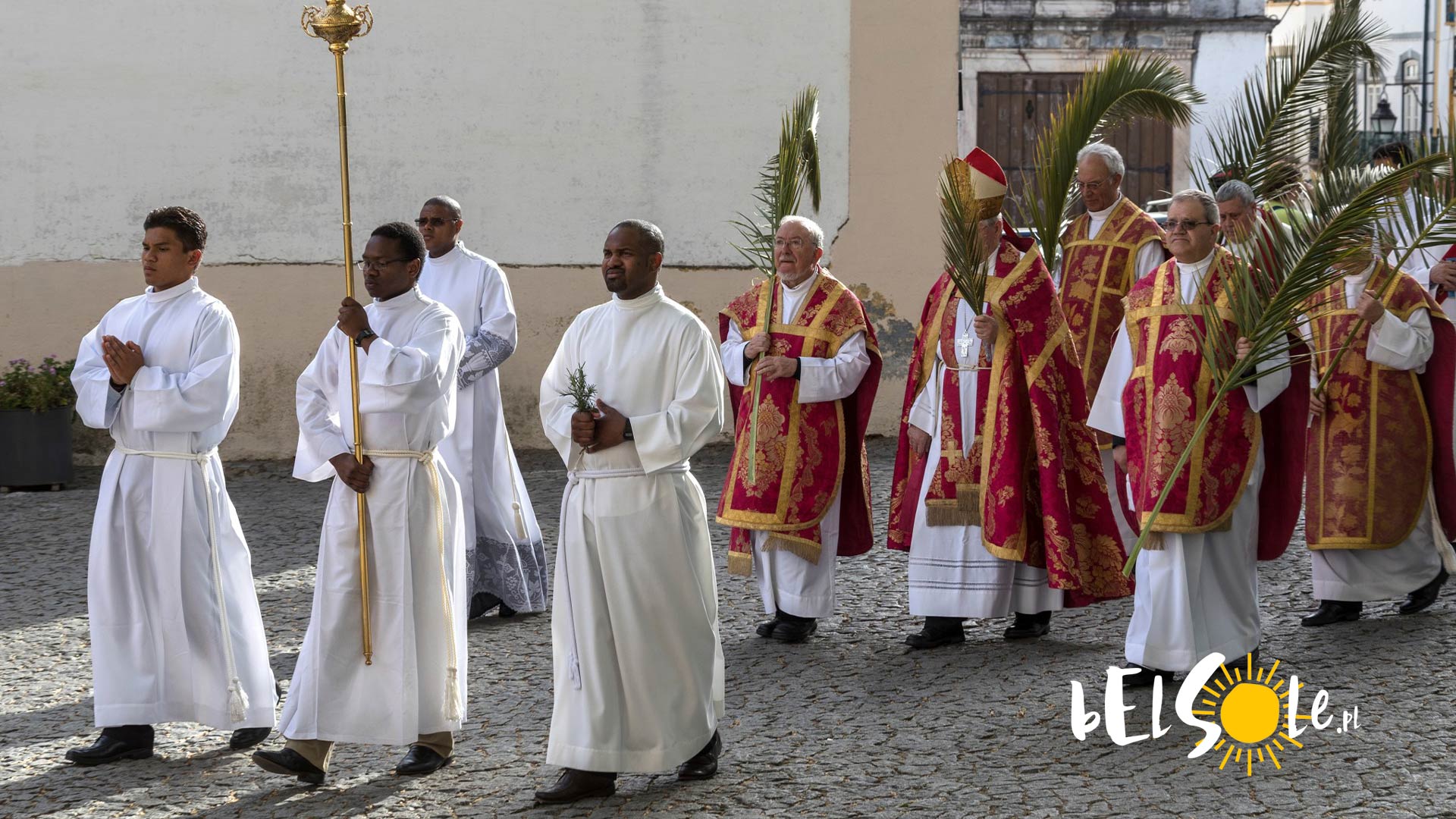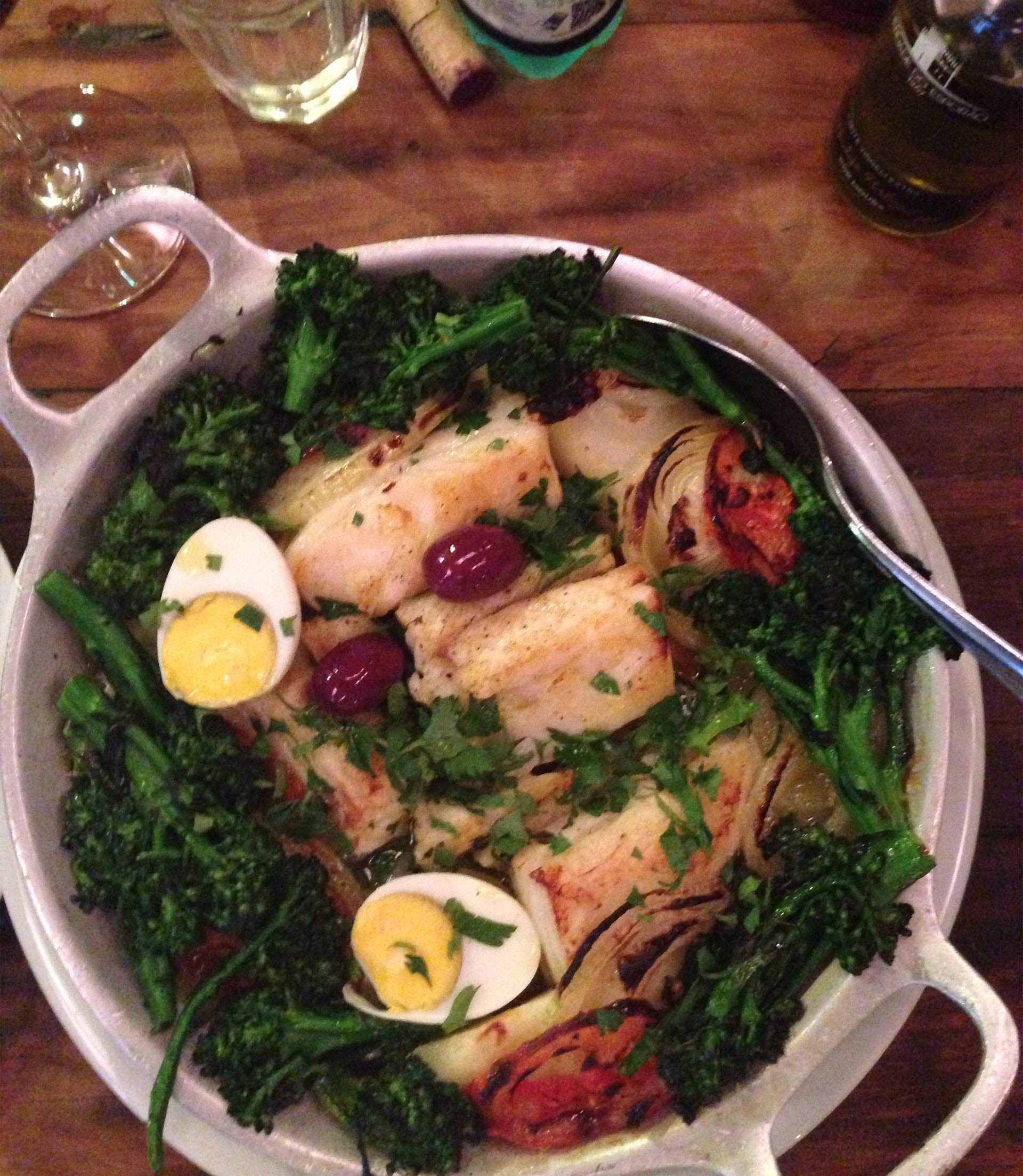Processions with enactments of various Bible scenes, a cod funeral, carol singing and a sea of almonds. That’s Easter in Portugal in a nutshell for you. But what does it actually look like? How is Easter celebrated in Portugal? We’re all about that today.
Let’s begin with the fact that Easter is a movable holiday – this means that it happens on a different day every year. In 2024, for instance, Easter Sunday will be on the 31st of March. It occurs on the same day as Easter in Italy and Spain. But what do the Portuguese actually do on Easter?
Days off
Easter as a public holiday
Well, firstly, they obviously don’t work. Easter in Portugal, as in most christian countries, is spent with the family. The day off here is Good Friday. This allows the Portuguese believers to participate in processions and properly prepare for Easter Sunday.
Processions during Holy Week
How do the Portuguese celebrate Easter
Just like in Spain, the Portuguese celebrate the entirety of the Holy Week. Processions pass through the streets of various cities, reenacting biblical scenes. The most famous celebrations take place in Braga, where processions are organised almost every single day starting on Palm Sunday. The first one is the Steps Procession, where believers reenact stations of the cross.
On Holy Wednesday, there is the Procession of Our Lady of the “burrinha” (little ass). Holy Thursday has the procession called “Ecce Homo”, which replays the trial of Jesus. It’s attended by hooded religious brothers dressed in black and equipped with torches.
The most important procession of the Holy Week is the Lord’s Burial’s Procession on Good Friday. During it, the Blessed Sacrament is placed in a coffin, which is then carried through the streets alongside a mourning ritual. The coffin is eventually brought to the place of adoration, ending the procession.
The Cod Burial
An Easter dish from Portugal
The custom of the so-called Cod Burial has survived in many regions. On Holy Saturday, men go to the market and buy the largest piece of cod they can find. Then, they bake it in the oven, they eat it with cornbread and accompanied with wine. All the leftovers, including bones, are hidden away in a small box and buried to symbolise the end of fasting. This is because the Holy Saturday marks the end of the fasting of Lent, and so people are free of eating cod every day.
This is but one variation. In reality, the burial of the cod is a very diverse ritual, with some regions creating huge replicas of the cod and burning it. In others, people also ‘hang’ the cod, quite literally on a tree branch. It doesn’t really matter how exactly you do it, what matters is that the cod is dead and buried.
Easter pastoral visit
Easter traditions in Portugal
While the tradition of pastoral visits is slowly withering away, it’s still alive and well in Portugal, and it happens on Easter Sunday. Or, rather, a few weeks afterwards if a parish is large enough. The priest blesses the whole household and its inhabitants. In return, he receives a small gift, not money, but rather special pastry (called ‘folar’). In some regions, people prepare a small buffet for the priest.
Folar – an Easter delicacy
A dessert from Portugal
Speaking of Folar, it’s a special Easter pastry in Portugal. Depending on the region, it can either be sweet or savoury. In the Algarve region, for instance, it consists of as many as seven layers of sugar and cinnamon while, in the north, the toppins usually include sausage and ham. What makes a folar, though, is the boiled egg placed on top of the pastry.
Almonds
The Portuguese symbol of Jesus
While Easter may usually involve eggs in other countries, Portugal cannot do without almonds. They are the symbol of Jesus there, whole divinity is hidden under a shell of humanity, just like an almond. During the festive season, the Portuguese eat almonds in chocolate, with sugar, icing, in glaze, honey or as almond cakes.
See also:








